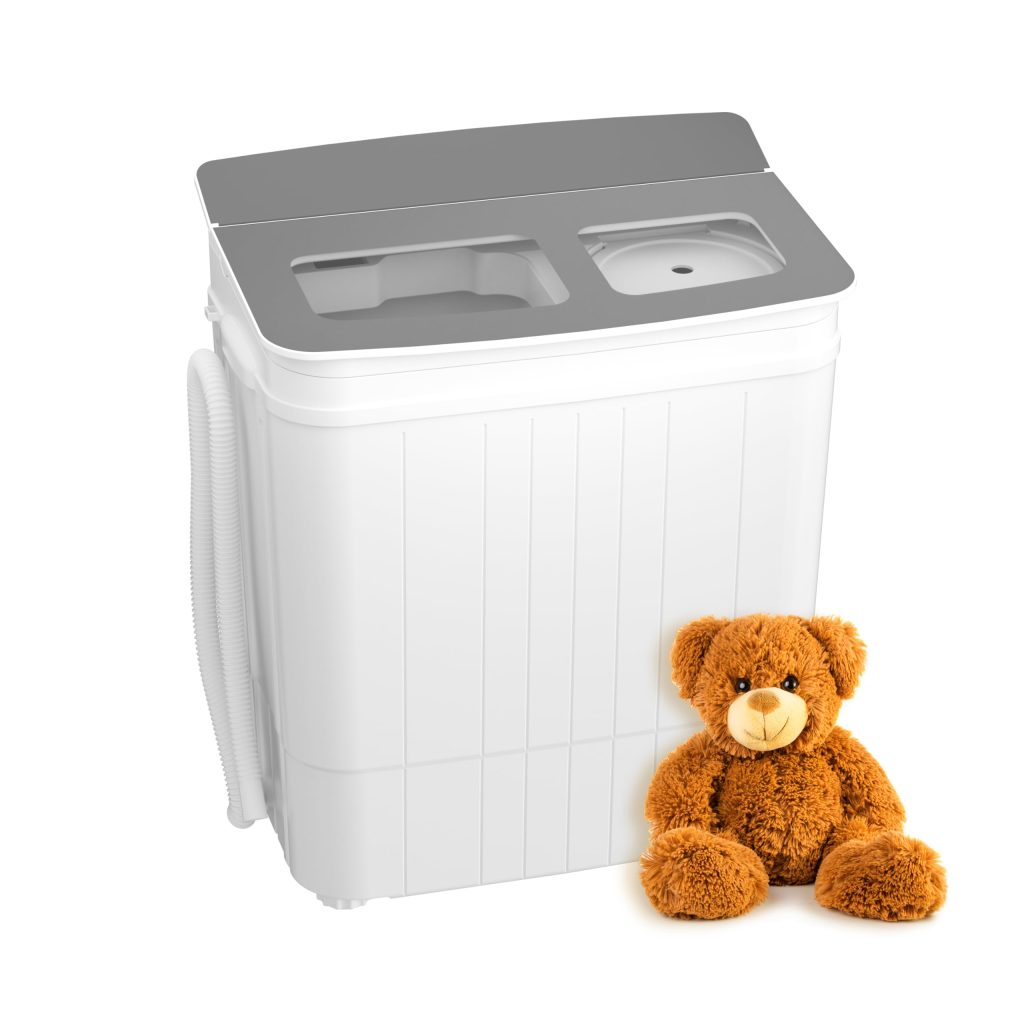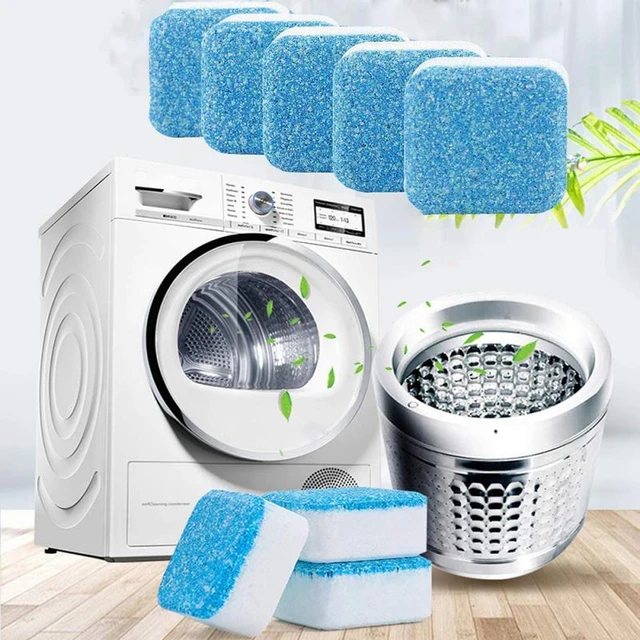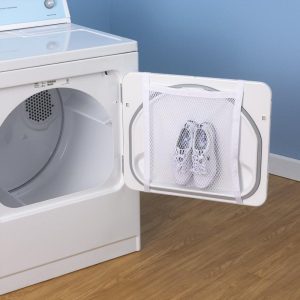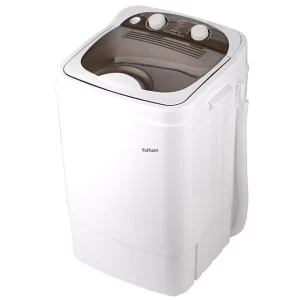How to Clean Smelly Washing Machine: Cleaning Tips
Knowing how to clean smelly washing machine is crucial for ensuring your laundry comes out fresh. Over time, residues from detergents, softeners, and grime can accumulate, causing unpleasant odors. Want to know how to get your washing machine smelling fresh again? This guide will show you everything you need to tackle the problem effectively.
Understanding Why Washing Machines Smell
Before diving into the cleaning process, it’s important to understand why your washing machine might develop a bad odor.
Accumulation of Detergent and Fabric Softener
Modern detergents and fabric softeners often contain fragrances, dyes, and oils that can leave behind residues. These residues can build up over time, especially in high-efficiency machines that use less water, exacerbating any odor issues.
Mold and Mildew Growth
A dark, damp environment inside the washing machine can be a breeding ground for mold and mildew. This is particularly a problem in front-loading machines, where the door seal can trap moisture and provide an ideal location for mold spores to grow.
Bacterial Growth
Over time, bacteria can accumulate inside your washing machine. This can lead to foul odors and potentially even affect your clothes and health. The bacteria thrive in the moist, warm environment provided by your washing machine, making regular cleaning a necessity.
Lint and Hair Build-Up
Lint, hair, and other small debris are often left behind after washing clothes. These particles can stick to the drum, door seal, or get trapped in the filters, eventually causing a musty, unpleasant smell.
Essential Cleaning Supplies
To effectively clean a smelly washing machine, you will need the following supplies:
- White vinegar
- Baking soda
- Liquid dish soap
- Sponge or scrubbing brush
- Microfiber cloths
- A toothbrush or small soft brush
- Rubber gloves
- An old toothbrush
- Cleaning rags
- Bleach (optional)
Step-by-Step Guide to Cleaning Your Washing Machine
Follow these detailed steps to ensure your washing machine is thoroughly cleaned and odor-free.
Step 1: Prepare and Gather Supplies
Before you begin, make sure you have all the supplies listed above on hand. This will make the cleaning process more efficient and effective.
Step 2: Clean the Door Seal
The door seal is a common place for mold, mildew, and detergent residues to accumulate. Here’s how to clean it:
- Open the door to your washing machine.
- Pull back the rubber seal to expose any hidden grime.
- Spray the area generously with a mixture of white vinegar and water.
- Scrub gently with a sponge or soft brush to remove mold and mildew.
- Wipe the seal with a dry microfiber cloth to ensure it’s fully clean.
Step 3: Clean the Dispenser Drawers
Dispenser drawers can harbor detergent and softener residues, leading to foul smells. Here’s how to clean them:
- Remove the dispenser drawer from your washing machine.
- Soak it in hot water mixed with liquid dish soap.
- Scrub the drawer thoroughly, using an old toothbrush for hard-to-reach areas.
- Rinse well with clean water and dry it with a microfiber cloth.
- Clean the cavity where the drawer sits, using a damp cloth to remove any residue.
Step 4: Clean the Drum
The drum can also harbor bacteria, mold, and detergent residues. Cleaning it is essential for maintaining a fresh-smelling machine.
- Set your washing machine to the hottest and longest cycle.
- Add two cups of white vinegar directly into the drum.
- Run the cycle and allow the vinegar to work its magic by breaking down residues and killing bacteria.
- Once the cycle completes, sprinkle half a cup of baking soda into the drum and run another hot cycle. This helps to neutralize any remaining odors.
Step 5: Clean the Filters
Washing machines have filters designed to catch lint, hair, and debris. Here’s how to clean them:
- Locate the filters (refer to your machine’s manual if necessary).
- Remove the filters and soak them in hot water mixed with a bit of liquid dish soap.
- Scrub them gently with an old toothbrush to remove any trapped lint and debris.
- Rinse thoroughly and let them dry before reassembling.
Step 6: Wipe Down the Exterior
A clean exterior contributes to a fresh overall appearance. Here’s how to clean it:
- Dampen a microfiber cloth with a mixture of white vinegar and water.
- Wipe down the exterior of your washing machine, paying special attention to buttons and knobs.
- Dry the surface with another clean cloth to avoid watermarks.
Routine Maintenance Tips
Incorporating regular maintenance into your cleaning routine can prevent odors from returning.
Leave the Door Open
After each wash cycle, leave the door of your washing machine open for a few hours. This helps to allow air circulation and prevents mold and mildew growth by drying out the interior.
Use Less Detergent
Using excessive amounts of detergent can lead to residues in your machine. Refer to the manufacturer’s recommendations and consider using less detergent, especially for high-efficiency machines.
Use High-Quality Detergents
Opt for high-quality, low-residue detergents. These are often more efficient at breaking down dirt and rinsing cleanly, reducing the likelihood of residue build-up in your washing machine.
Monthly Cleaning Cycle
Run a cleaning cycle at least once a month using white vinegar and baking soda, following the steps outlined above. This helps to break down any buildup and keeps your machine smelling fresh.
Clean the Dispenser Drawers Regularly
Make it a habit to remove and clean the dispenser drawers every few weeks. This prevents detergent and softener residues from building up and causing odors.
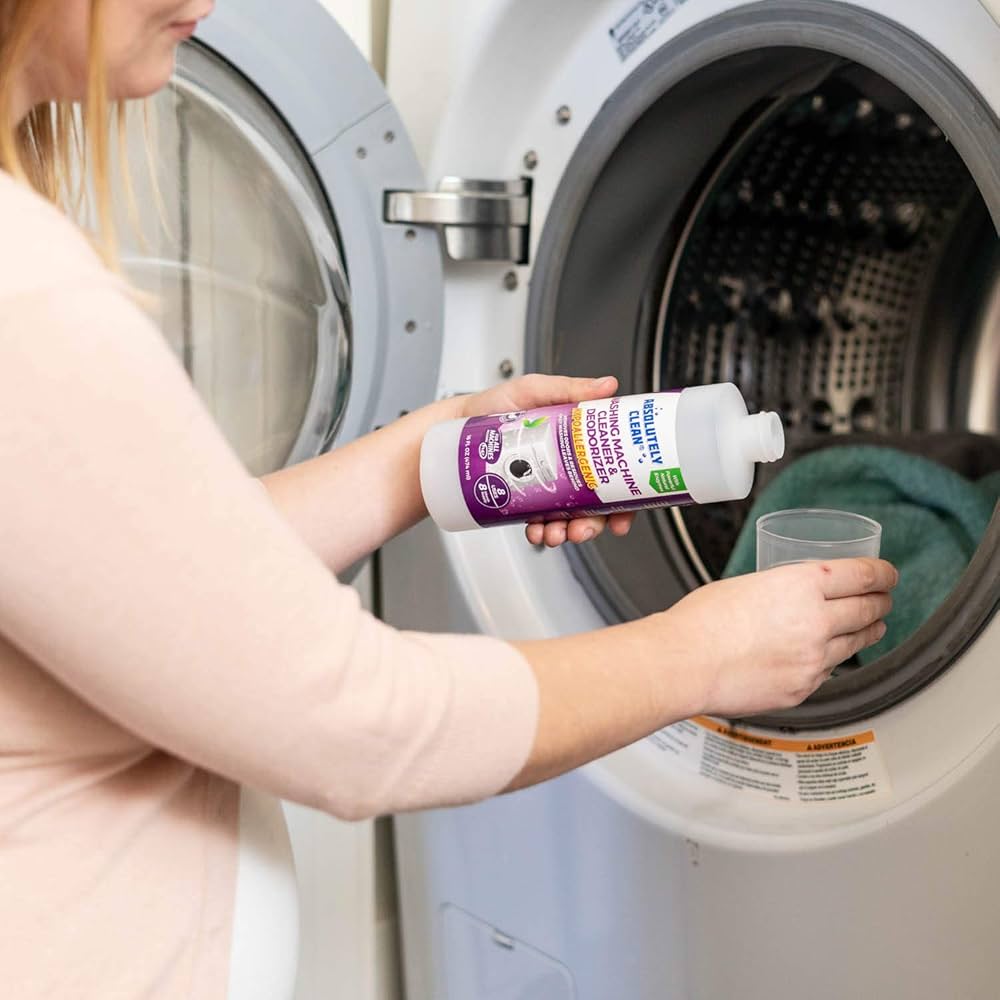 Natural Alternatives for Cleaning
Natural Alternatives for Cleaning
If you prefer using natural alternatives for cleaning, consider the following options.
Lemon Juice and Baking Soda
Lemon juice is a natural disinfectant with a pleasant scent. Mixing it with baking soda can help to clean and deodorize your washing machine effectively.
- Mix the juice of two lemons with half a cup of baking soda.
- Pour the mixture into the drum and run a hot cycle.
Tea Tree Oil
Tea tree oil has antimicrobial properties that can help to eliminate mold and mildew.
- Add a few drops of tea tree oil to a spray bottle filled with water and vinegar.
- Spray the interior of the washing machine drum with the mixture and let it sit for 10 minutes before wiping it down.
Dealing with Stubborn Smells
Sometimes, odors may persist even after thorough cleaning. Here are a few additional steps to combat stubborn smells.
Use Chlorine Bleach
If your washing machine continues to smell, you can run a hot cycle with chlorine bleach. However, use this method sparingly as bleach can be harsh on your machine and the environment.
- Add one cup of chlorine bleach to the drum.
- Run the hottest and longest cycle to thoroughly sanitize the machine.
Professional Help
If you’ve tried all the above methods and still can’t get rid of the smell, it may be time to consult a professional technician. There could be an underlying issue that needs specialized attention.
Conclusion: How to clean smelly washing machine
Knowing how to clean smelly washing machine not only makes washing machine smells better but also operates more efficiently and prolongs its lifespan. By following the steps outlined in this guide and incorporating regular maintenance into your routine, you can keep your washing machine fresh and clean, ensuring your laundry is always as fresh as possible. Regular cleaning prevents odor build-up and ensures the longevity of your appliance, saving you time and money in the long run. Don’t let a smelly washing machine ruin your laundry experience—take action today!
